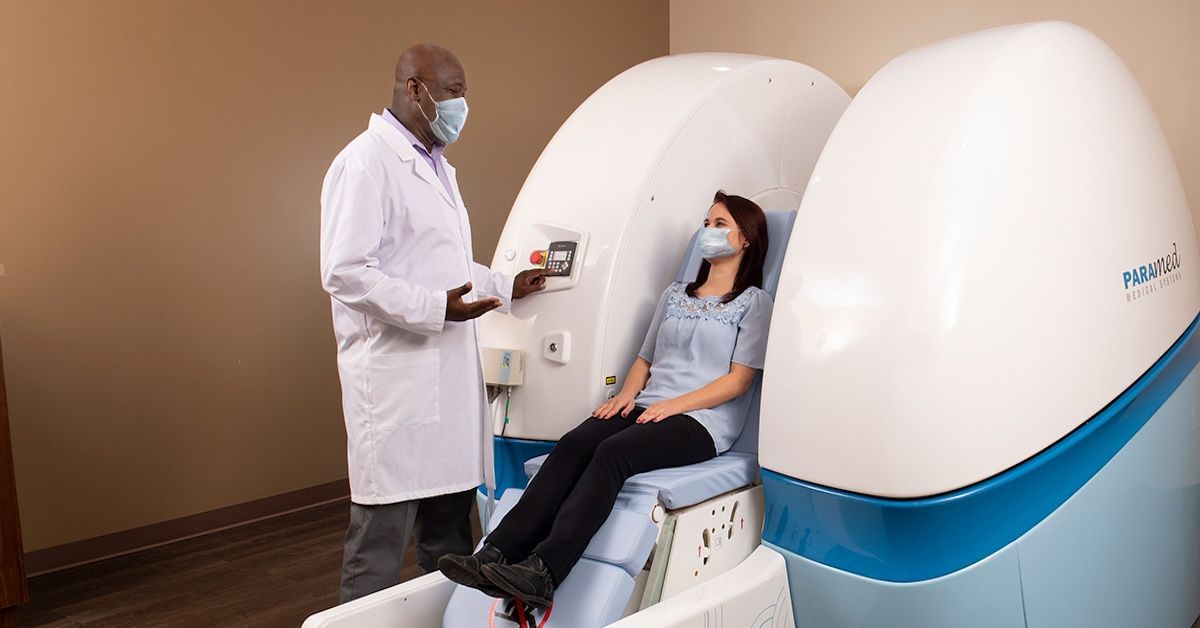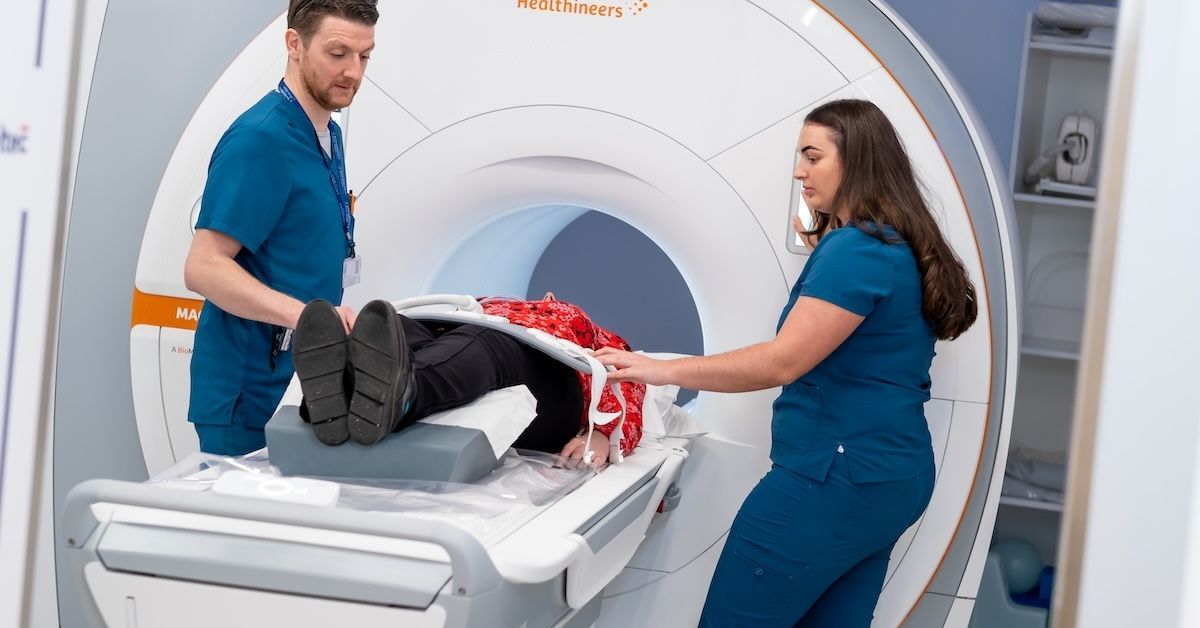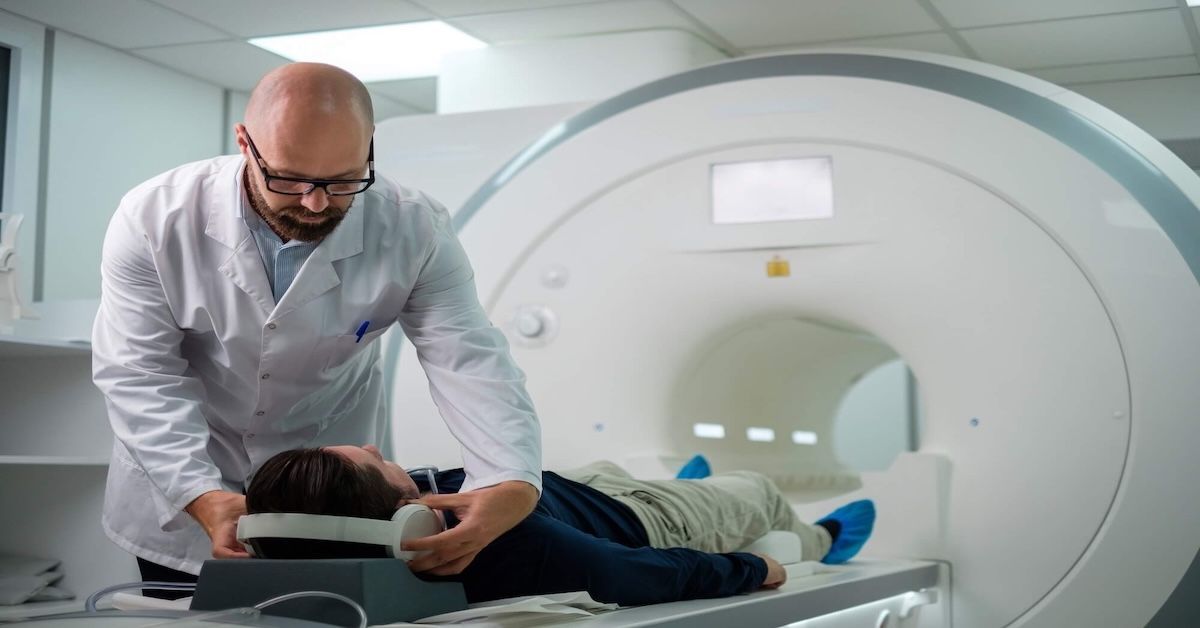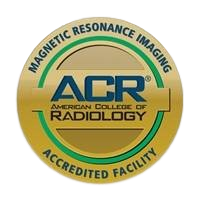457 Lake Cook Road (Deerfield Park Plaza)
Deerfield, IL 60015
Email Us:
Email us directly [+]
Fax: (847) 291-9362
What Should I Know About MRI Knee Scans?
Knee pain is one of the most common issues people experience, whether it’s due to an injury, overuse, or underlying conditions like arthritis. When the pain persists or limits your ability to move, a detailed diagnosis becomes essential. This is where MRI knee scans come in. They offer a non-invasive way to get a clear picture of what’s happening inside your knee, helping doctors pinpoint the problem and plan the right treatment. Here’s everything you should know about MRI knee scans to make the process less intimidating and more informative.
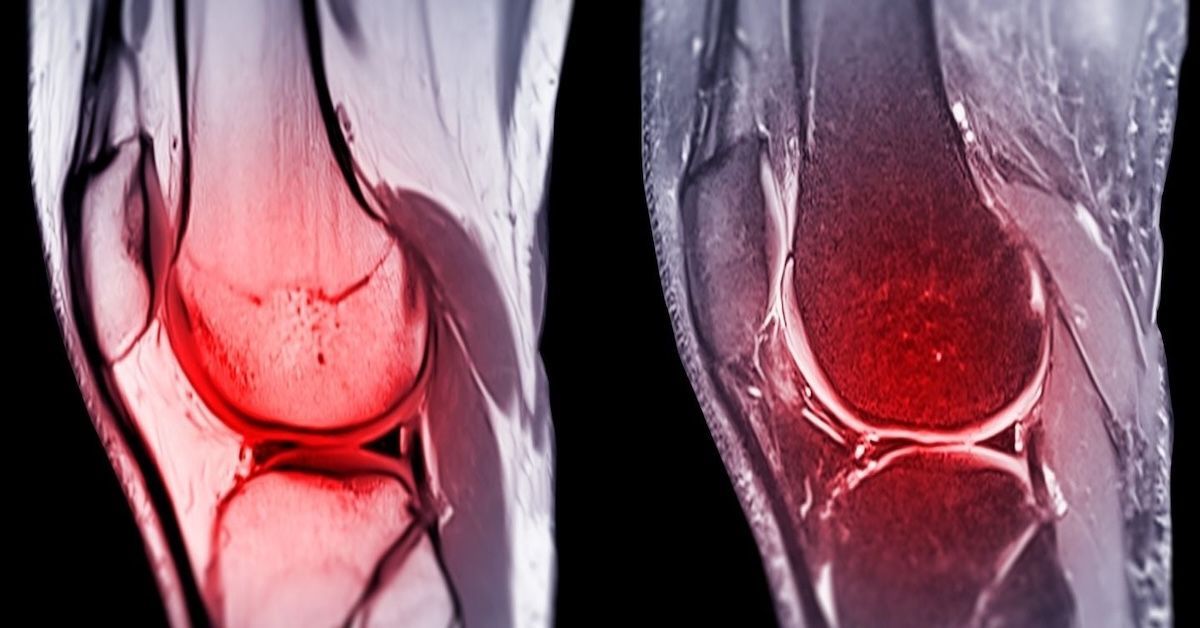
What Is an MRI Knee Scan?
MRI, or Magnetic Resonance Imaging, uses powerful magnets and radio waves to create detailed images of the knee’s internal structures. Unlike X-rays, which primarily show bones, an MRI captures soft tissues like ligaments, cartilage, and tendons in vivid detail. This makes it a go-to tool for diagnosing knee injuries and conditions.
One major advantage of an MRI is that it doesn’t involve any radiation, unlike CT scans or X-rays. This makes it a safer option, especially for patients who may need repeated imaging. Whether it’s a torn ligament or degenerative joint disease, an MRI provides the clarity needed for an accurate diagnosis.
When Is an MRI Knee Scan Recommended?
Doctors usually recommend an MRI when a physical exam and other imaging methods, like X-rays, aren’t enough to determine the cause of your symptoms. Knee MRIs are especially useful for diagnosing soft tissue injuries like torn ligaments (such as the ACL or MCL) or meniscus tears.
Other conditions that may warrant an MRI include persistent swelling, unexplained pain, or joint instability. If you’ve been dealing with stiffness that limits your movement or suspect you’ve injured your knee in a sports-related activity, an MRI can give your doctor a detailed look at what’s going on.
What to Expect During an MRI Knee Scan
Getting an MRI might sound intimidating, but it’s a straightforward and painless procedure. Before the scan, you’ll be asked to remove any metal objects like jewelry or watches since the machine uses strong magnets. Wear comfortable clothing, though you may need to change into a gown depending on the facility’s guidelines.
During the scan, you’ll lie on a table that slides into the MRI machine. For knee scans, only the lower half of your body may need to be inside the machine. You’ll hear loud, rhythmic noises as the machine captures images, but you’ll likely be offered earplugs or headphones to make it more comfortable. The scan typically takes 30–45 minutes, and you’ll need to stay as still as possible to ensure clear images.
In some cases, contrast dye may be used to highlight certain areas of the knee. If your doctor recommends this, the dye will be injected before the scan. It’s generally safe and helps enhance the details of the images.
How MRI Knee Scans Compare to Other Imaging Techniques
MRI scans are often the preferred method for diagnosing knee problems because they provide a level of detail that other imaging methods can’t match. X-rays, for example, are excellent for spotting fractures or joint misalignments but don’t show soft tissues. CT scans, while faster, also fall short when it comes to capturing the finer details of ligaments and cartilage.
The ability of MRIs to reveal subtle changes in soft tissues makes them ideal for diagnosing sports injuries, arthritis, and even infections. For those with persistent knee pain, an MRI can uncover the root cause when other methods leave questions unanswered.
Benefits of MRI Knee Scans
One of the most appealing aspects of an MRI is its non-invasive nature. Unlike exploratory surgery, which comes with risks and downtime, an MRI requires no recovery period. It’s also completely painless, making it a stress-free option for patients.
The level of detail an MRI provides helps doctors avoid misdiagnosis. Whether it’s a ligament tear or early signs of arthritis, having precise information ensures the treatment plan is tailored to your needs. This can lead to faster recovery times and better outcomes.
Limitations and Risks of MRI Knee Scans
While MRIs are highly effective, they do come with a few limitations. Some people find the enclosed space of the machine uncomfortable, especially those with claustrophobia. Fortunately, open or upright MRI options can make the experience more manageable.
Patients with certain metal implants, such as pacemakers, may not be eligible for an MRI. It’s crucial to inform your doctor of any medical devices or implants before scheduling the scan. Additionally, the cost of an MRI can be higher than other imaging techniques, though many insurance plans cover it when medically necessary.
What Happens After an MRI Knee Scan?
After your scan, the images will be reviewed by a radiologist who specializes in interpreting MRI results. The findings are then sent to your doctor, who will discuss them with you during a follow-up appointment.
Depending on the diagnosis, your next steps may involve physical therapy, medication, or, in some cases, surgery. An MRI doesn’t just provide answers—it helps create a roadmap for recovery, ensuring you get the care you need to regain mobility and comfort.
Conclusion
MRI knee scans are a powerful tool for diagnosing a wide range of knee issues, from ligament tears to degenerative joint diseases. By offering detailed, accurate imaging without the need for invasive procedures, MRIs make it easier for doctors to develop effective treatment plans tailored to your needs.
If you’re experiencing knee pain or have been advised to get an MRI, consider scheduling your scan at Upright MRI of Deerfield. Our comfortable and high-quality imaging services are designed to help you get the answers you need while keeping the experience as stress-free as possible. Reach out to us today and take the first step toward understanding your knee health.
Leave a Comment:

The World's Most Patient-Friendly MRI. A comfortable, stress-free, and completely reliable MRI scan. We offer patients an open, upright, standup MRI experience that helps those who are claustrophobic and stress being in a confined area. Upright MRI of Deerfield is recognized as the world leader in open MRI innovation,
Our Recent Post

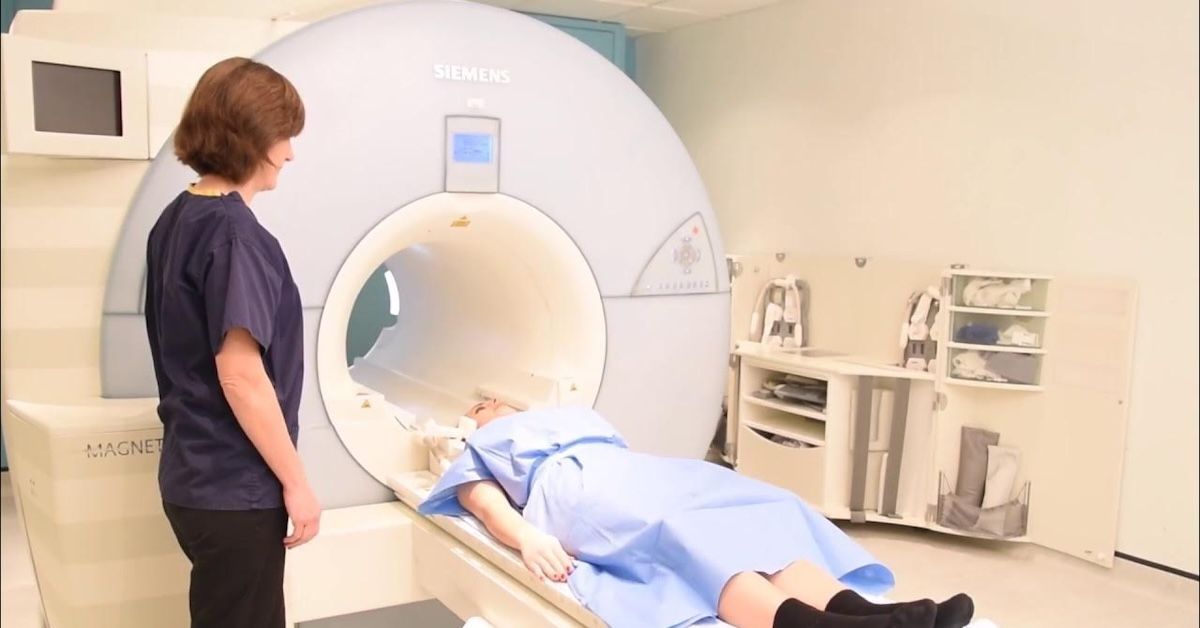
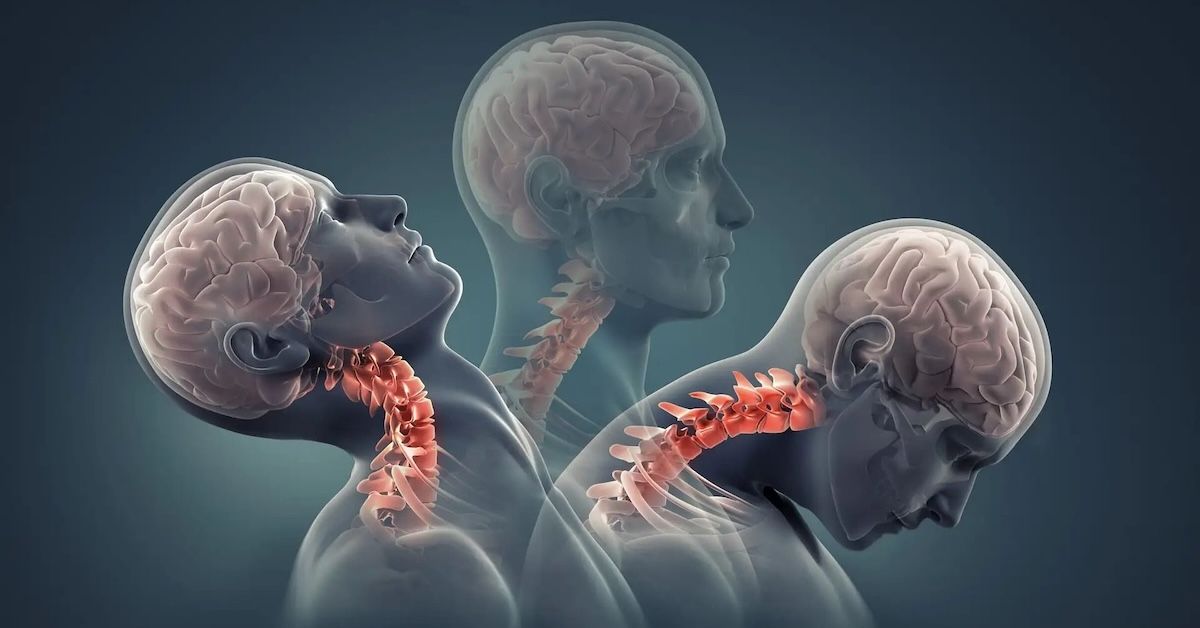

READ PATIENT TESTIMONIALS
Upright MRI of Deerfield.
Susan D.,
Highland Park, 39
I am going to tell everyone about your office! This was a great experience after I panicked in other MRI machines and had to leave. Thank you so much.

Judith B.,
Milwaukee, 61
I suffer from vertigo and other MRIs do not work. This was wonderful…absolutely NO discomfort at all. The MRI was so fast…I wanted to stay and watch the movie! Mumtaz was great. His humor really put me at ease. I’ve already recommended Upright MRI to friends.

Delores P.,
Glencoe, 55
Everything is so nice and professional with your place. I have been there a couple of times. My husband and I would not go anywhere else.


Follow UpRight MRI of Deerfield on Facebook
To see our latest news, updates or to get to know us more, we welcome you to follow along our journey in Facebook.
CONTACT DETAILS
Phone: (847) 291-9321
Address: 457 Lake Cook Road (Deerfield Park Plaza) Deerfield, IL 60015
Email: info@uprightmrideerfield.com
Business Hours
- Mon - Thu
- -
- Friday
- -
- Saturday
- -
- Sunday
- Closed
All Rights Reserved | Upright MRI of Deerfield | Website designed by NorthShore Loyalty
